Repackaging Reading Ramblers’ Records
Most households will have photograph albums stored somewhere in garages, lofts and elsewhere around the home. Albums are used for the safe keeping of treasured memories captured in printed photographs. However, did you know that these could actually be damaging the photographs that they seek to preserve?
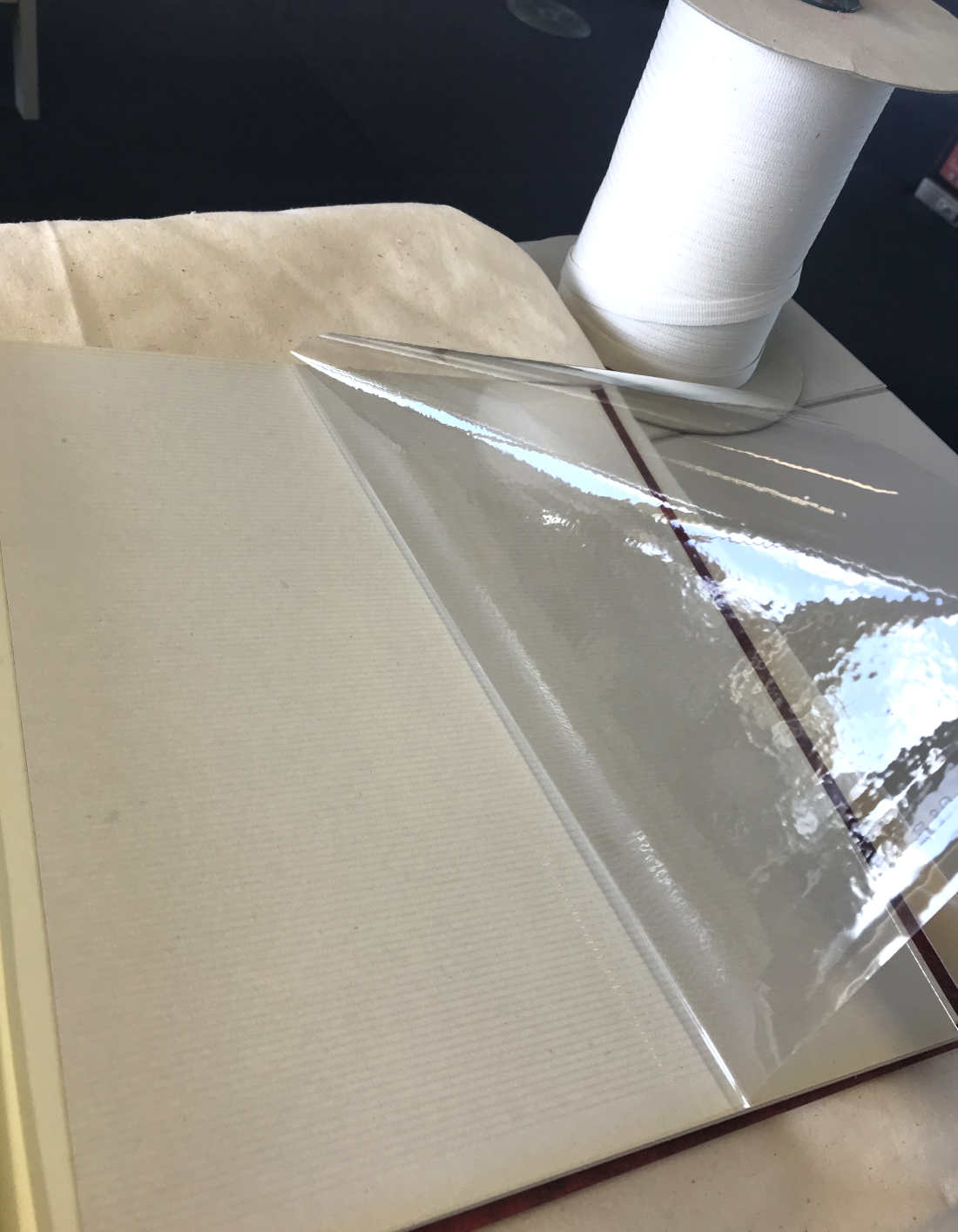
Self-adhesive photograph albums pose particular preservation challenges because they include a sticky plastic sheet placed over the images to keep them in place. This plastic is very acidic and will rapidly erode the photographs they are stuck to.
We sometimes receive these photograph albums when records are deposited with us. In most cases, photographs can be removed from the original album and then encapsulated in transparent acid-free polyester sleeves. Photographic collections are then stored in our coldest strongroom for long-term preservation.
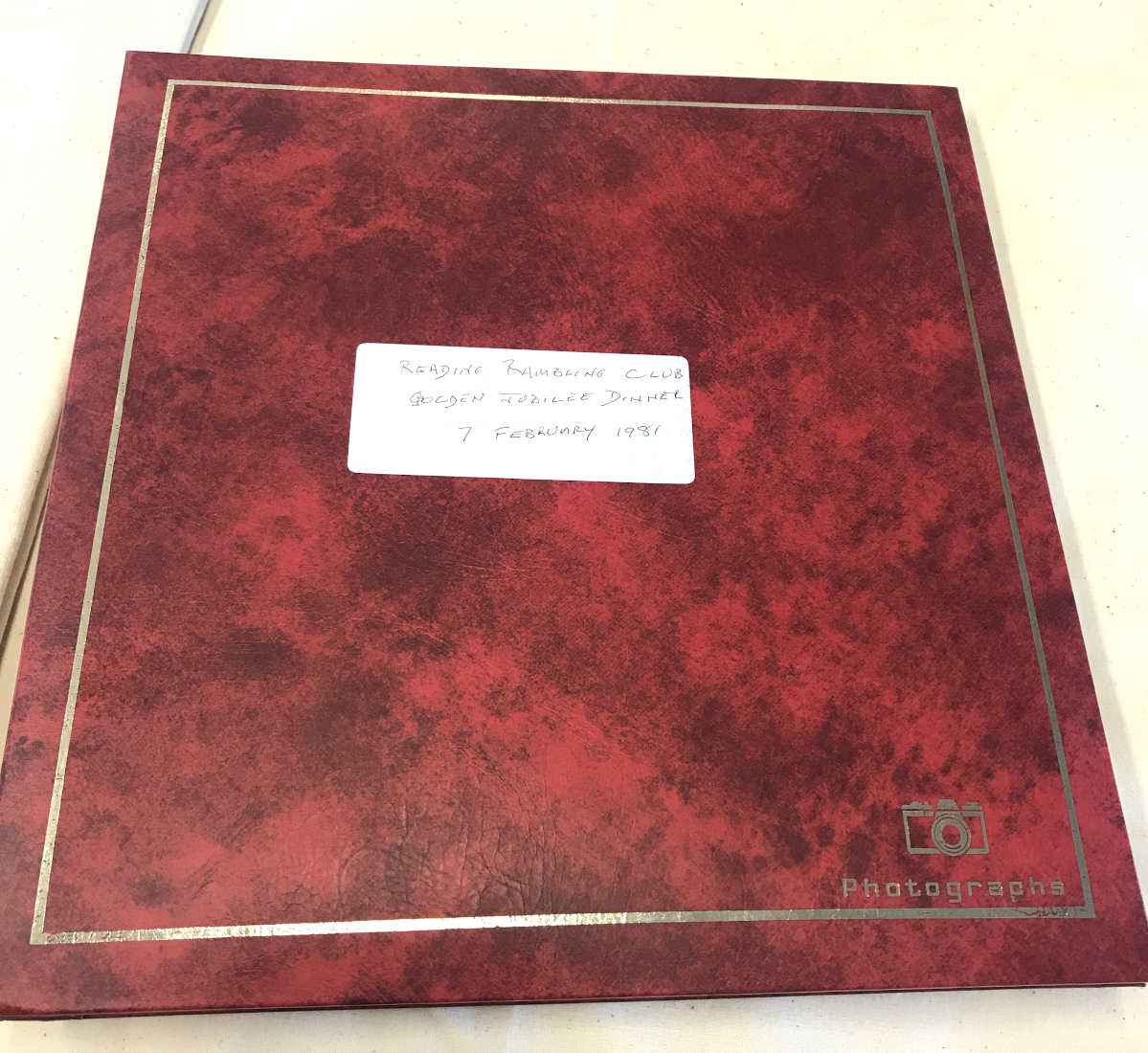
However, there are a few instances where the album itself contains important contextual information. This was the case with an album of photographs from the Reading Rambling Club Golden Jubilee Dinner Dance held at Bulmershe School, Woodley, in 1981 (ref. D/EX2710/3/2). This album was self-adhesive so the photographs would have to be extracted. There was even a small dead fly unfortunately trapped inside one of the sticky plastic pages! However, the album itself contained important contextual notes, such as the names of some of those pictured.
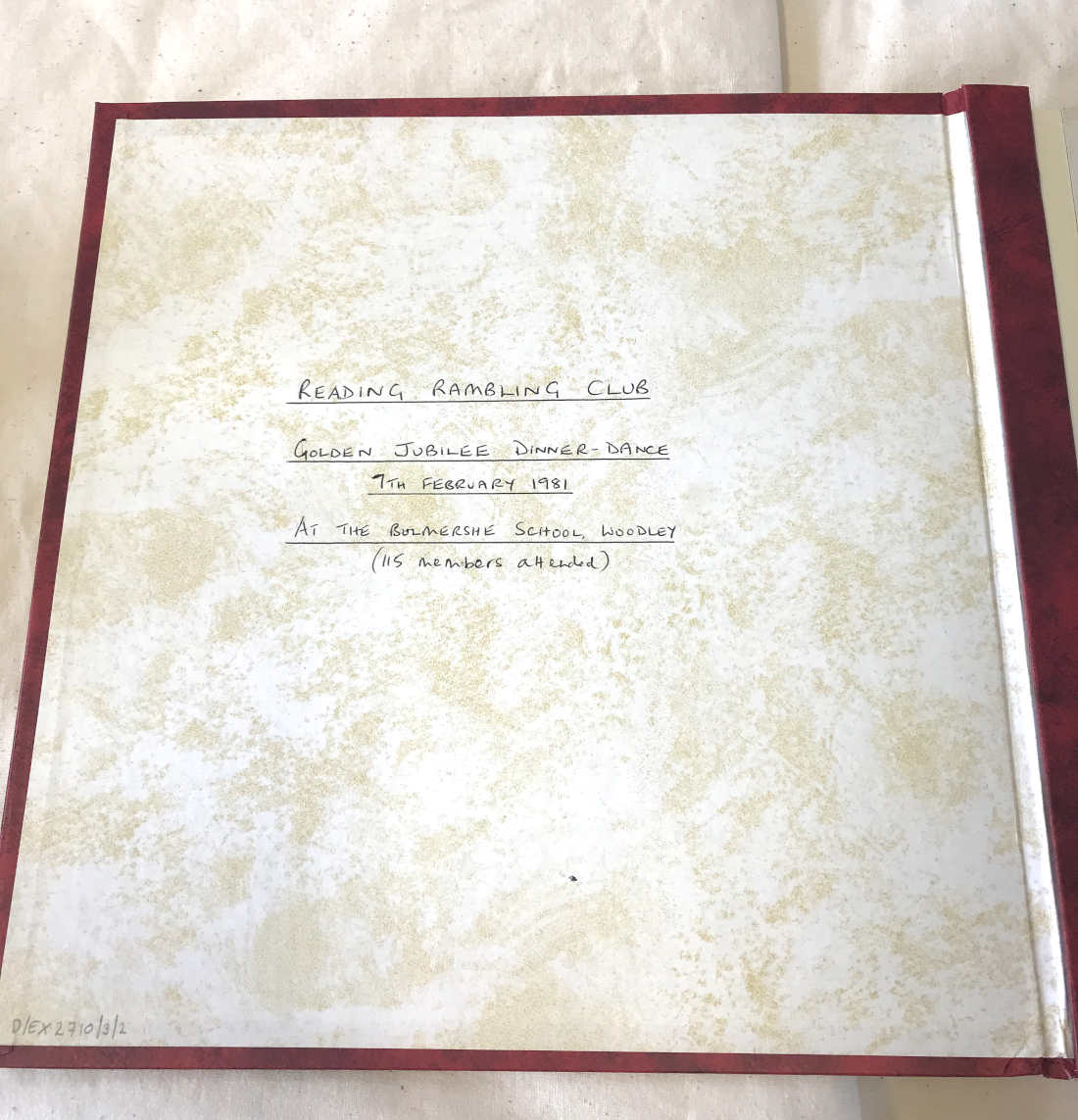
The Archivist cataloguing the collection discussed the issue with the Preservation Assistant and a couple of options were considered. A detailed appendix could have been added to the catalogue containing all the contextual information provided by the album about each photograph. However, only some of the people pictured were named and it would be difficult to describe which individuals in a group were named and which ones were not.
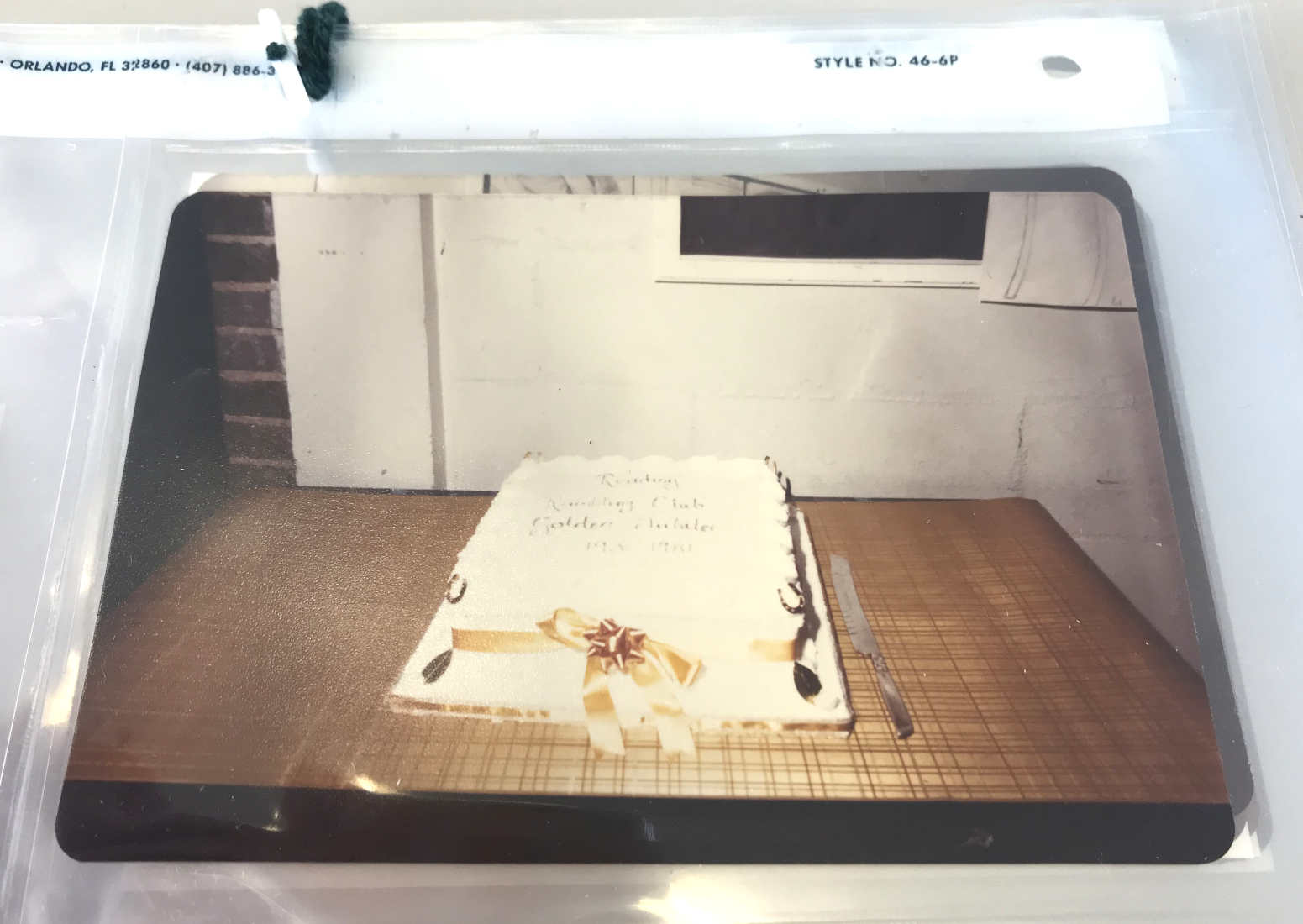
An alternative option was chosen, whereby the photographs would be extracted and repackaged into polyester sleeves, and behind each photograph an acid-free card would be inserted with the relevant details. Boxes were drawn on the cards to indicate which person in the photograph was named to provide clarity to the researcher. The catalogue entry was then updated to make users aware that the photographs were originally stored in an album, but that they had been extracted for preservation reasons.
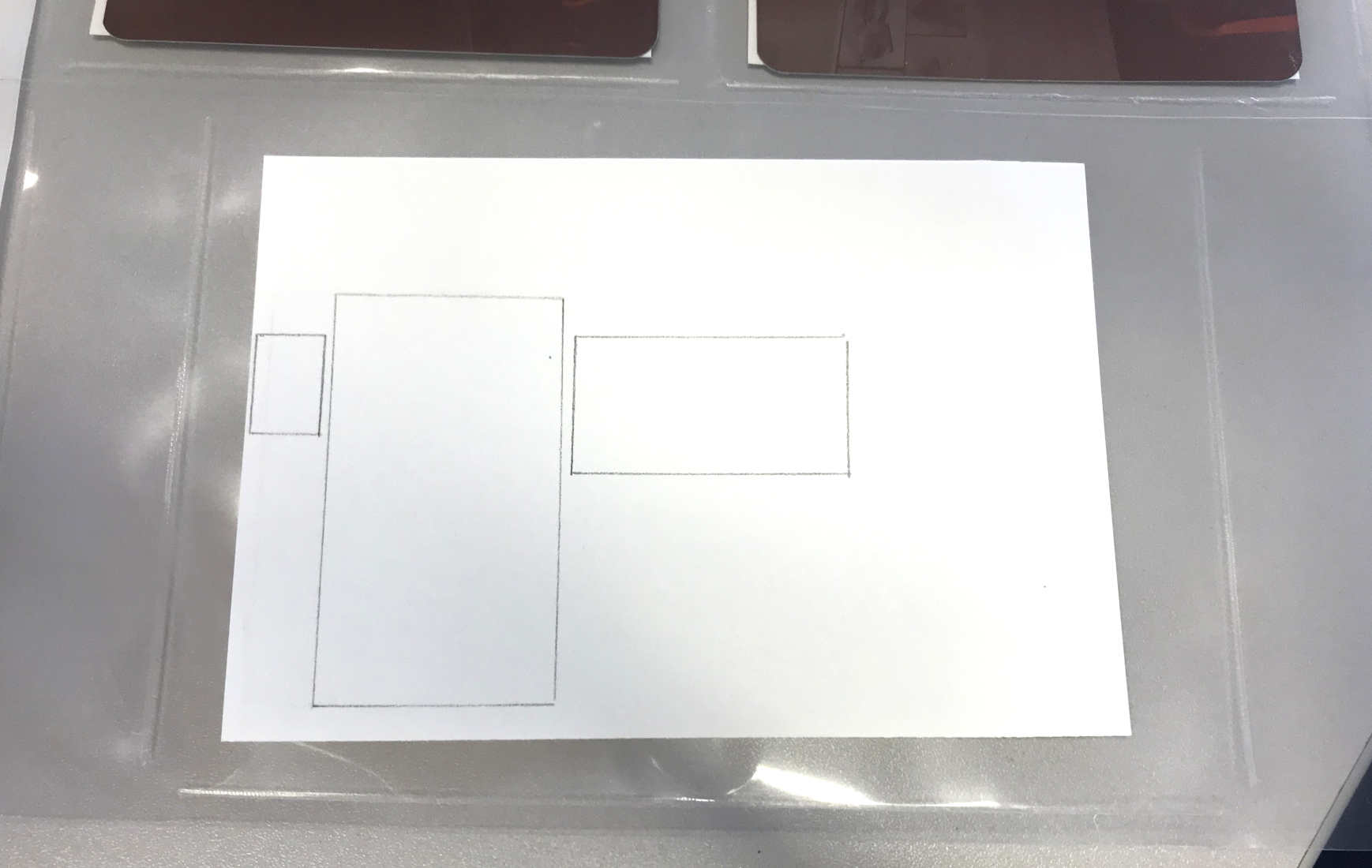
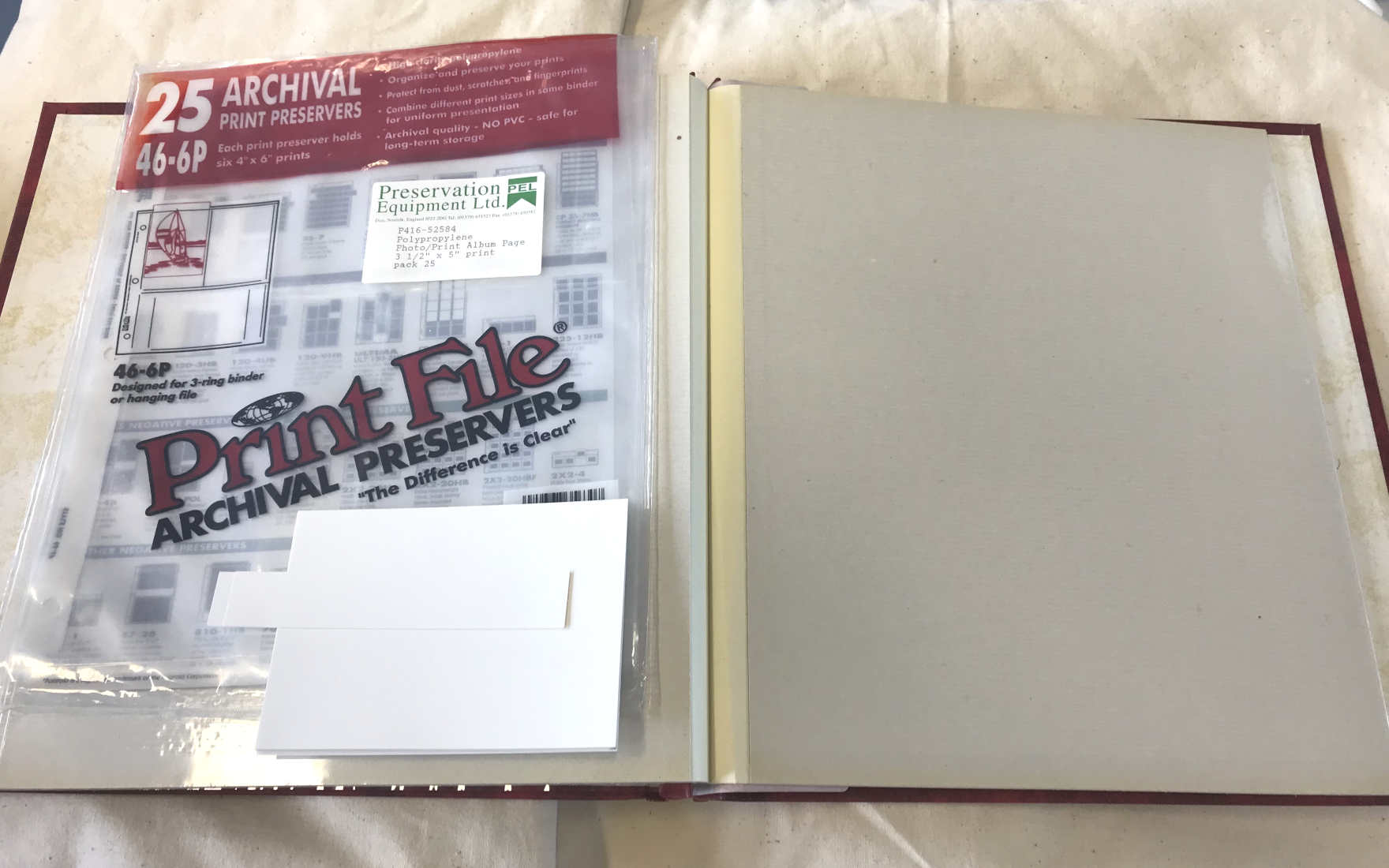
Before the extraction, the Archivist photographed the album in its original state in case there were ever any queries in future. Balancing the preservation needs of the document versus retaining its original context is one of the many challenges that Archivists face when cataloguing archival records. This is just one solution, but there are many more innovative options that could answer the questions that a document poses such as this.
